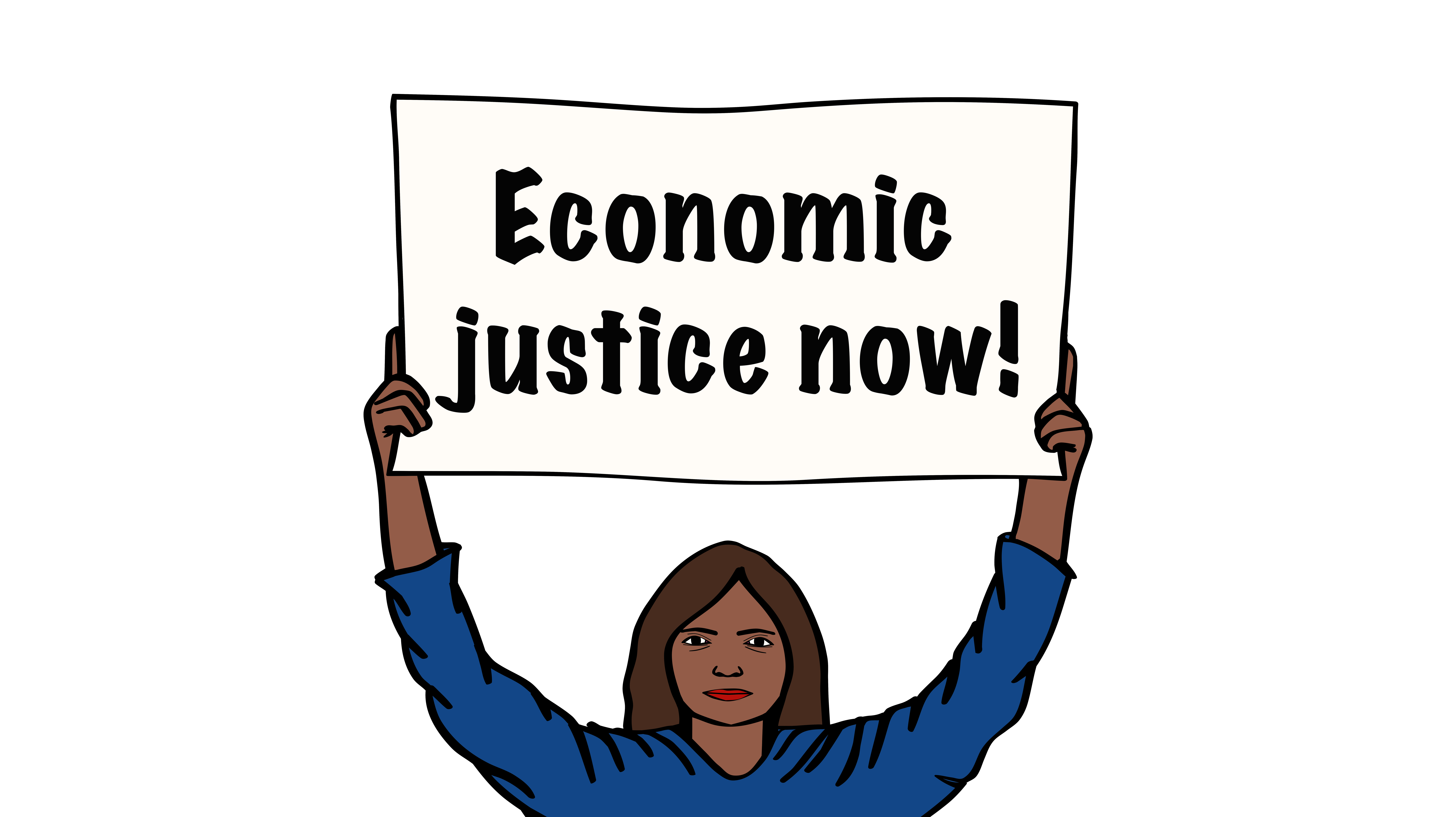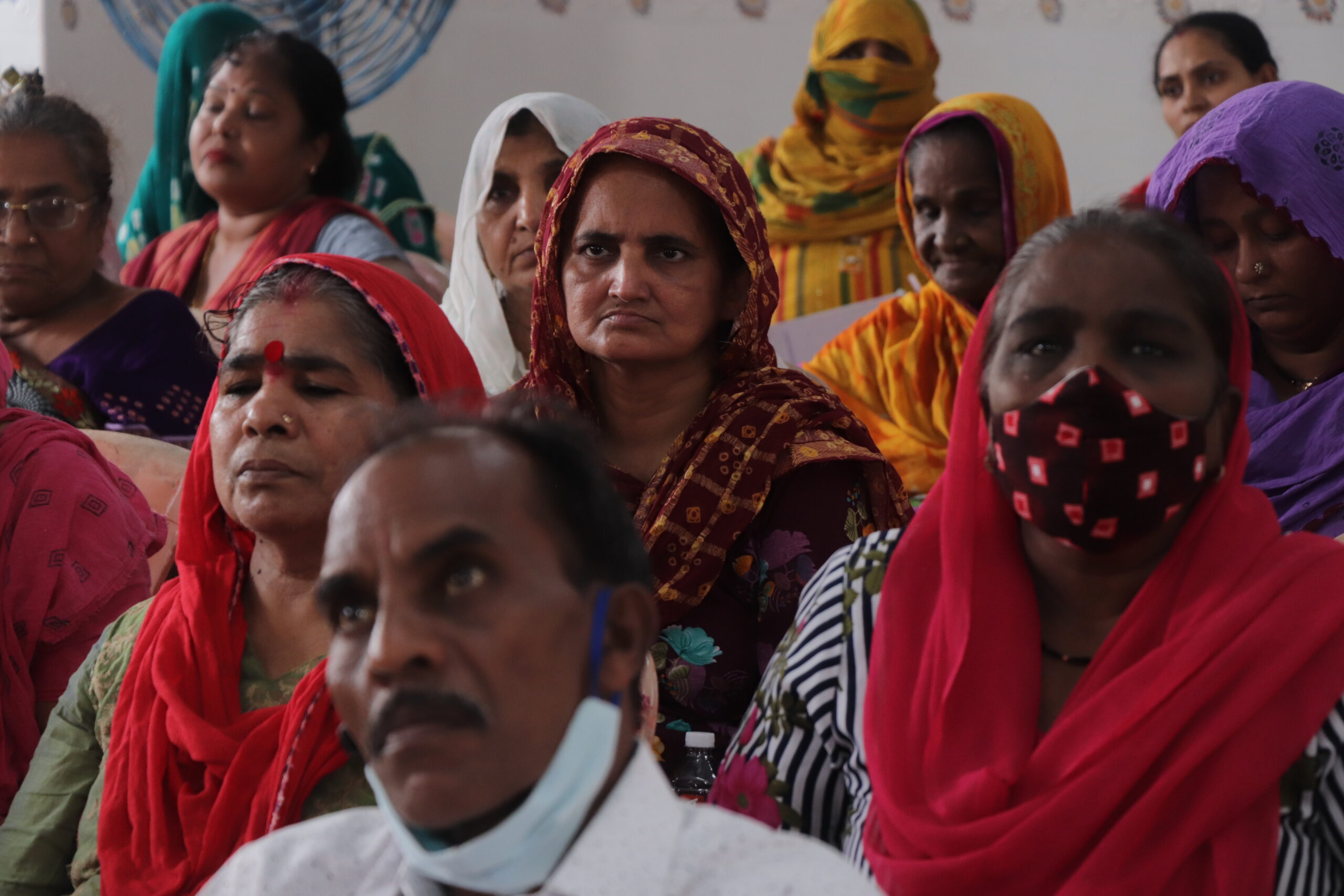Together with the rest of the world’s governments, India has committed to the goal of combating inequalities both within and between countries as part of the Sustainable Development Goals (SDG 10). At the national level, a government-wide mainstreaming approach integrates the SDGs into various domains. The government has developed a set of national indicators with the aim of addressing inequalities. However, there is no clear national target for the level of inequality India is aiming to reach by 2030, nor any intermediate milestones before then. This makes it difficult to determine whether the country is on track.
It is also clear that challenges remain. According to the World Inequality Report, India’s richest 10 per cent earn more than 20 times as much as the poorest 50 per cent. While the average national income per adult in India has more than tripled between 1990 and 2021, the gap between rich and poor has not decreased in this period, but rather has become significantly greater. The gap in wealth is even more significant. Oxfam reports that India currently has more billionaires than almost any country in the world – exceeded only by China and the United States. The richest 98 billionaires hold as much wealth as India’s poorest 555 million people.







